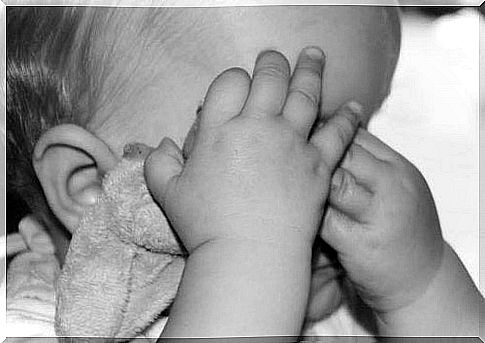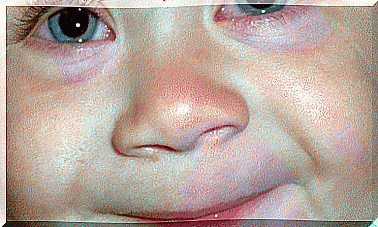Microcephaly And Hydrocephalus: Everything You Need To Know

With the spread of the Zika virus, especially in Latin America, attention has been paid to some malformations such as microcephaly and hydrocephalus.
In Brazil and Colombia, for example, there have been hundreds of cases of children born with these malformations. That is why we too want to do our part and offer you some useful information on these two conditions.
Read on and find out everything there is to know about microcephaly and hydrocephalus.
What are microcephaly and hydrocephalus?
Microcephaly and hydrocephalus are two serious conditions that affect the baby’s brain. To begin with, let’s focus our attention on microcephaly.
Microcephaly
Especially in Latin American countries, those most affected by the Zika virus, there has been an increase in cases of this malformation.
According to medical criteria, a newborn’s brain circumference at birth should measure approximately 34 to 37 centimeters, depending on the week of gestation in which the birth occurs.
Having said that, newborns whose head circumference measures 33 centimeters or less can be considered microcephalic.
The scientists who participated in the research carried out to identify the relationship between the Zika virus and microcephaly insist that the gestation period in which the fetus is at the greatest risk of undergoing this malformation is undoubtedly the first trimester.
In fact, it is precisely at this stage in the development of the fetus that any infection caused by a virus or bacterium can become an inflammation that will affect the growth of the baby. And in particular on his brain.

What are the complications for a child with microcephaly?
Many of the children with microcephaly will have to undergo life-long neurological examinations and checks. In fact, although there is no cure for this disease, permanent medical assistance can help improve the quality of life of the child and his parents.
Experts point out that in severe cases, microcephaly can lead to some speech or walking difficulties. It can also affect the child’s psychomotor development. Some individuals with microcephaly have also reported episodes of seizures.
However, it is important to clarify that in many cases children up to adulthood have normal cognitive and physical development, except for the increase in head circumference.
Hydrocephalus
As for hydrocephalus, it is a disorder that always affects the development and size of the child’s brain. However, in this case it is caused by an accumulation of cerebrospinal fluid within the cavities of the cerebral ventricles and in the spinal cord.
The presence of this liquid is normal. However, when it is in excess it causes pressure on the brain that can seriously affect its functioning.
Diagnosis is made through neurological tests that show images of the brain, such as an MRI.
The treatment of hydrocephalus is essentially of a surgical nature. Hydrocephalus can be hereditary, but it can also develop in old age.
As for the specific causes, it was not possible to determine them. The cause of hydrocephalus can be meningitis, a tumor or brain trauma.
In fact, years of studies have failed to establish an exact cause. For this reason hydrocephalus can hardly be prevented.

Main symptoms and treatment
A person with hydrocephalus, whether a child or an adult, will look different due to inflammation of the ventricles of the brain that causes the head to be larger than normal.
Other symptoms may also be present . Among them nausea, blurred vision, fainting, paralysis, vomiting. People with hydrocephalus may also have coordination difficulties and sphincter control problems.
Treatment of a patient with hydrocephalus is surgical. It can take place through the insertion of a probe that drains the cerebrospinal fluid from the head towards the abdomen. Or with an intervention to remove the fluid-induced obstruction in the brain.
Microcephaly and hydrocephalus are both disorders that are quickly identified by doctors. Which is why, moms, you don’t need to worry if your pediatrician hasn’t shown any signs of concern for your little one’s head development.
In the event that your child actually suffers from one of these two problems, then you need to worry and work towards getting all medical attention possible. Only in this way will you be able to reduce the symptoms of microcephaly and hydrocephalus and, by applying appropriate treatments, optimize the quality of your life.









